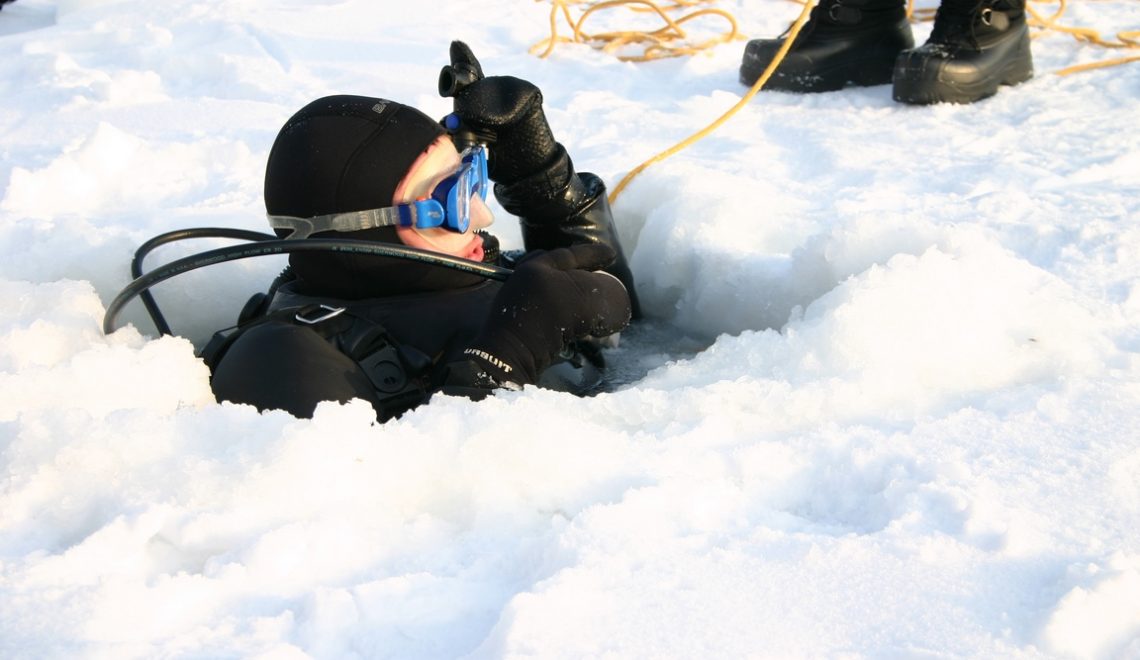
Introduced by the Russians near Murmansk in the 1960s to provide new fishing resources, the red king crab is invading the coasts of Norway and Svalbard, the islands halfway between Norway and the Pole. This proliferation is a source of delight for fishermen, but not without concern for scientists.
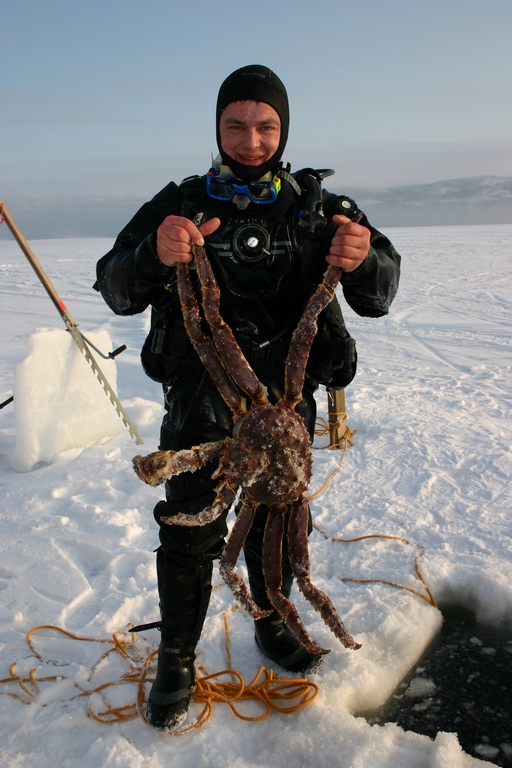
The red king crab (Paralithodes camtschaticus) is a species of crab that lives in cold waters and is highly prized for its tasty qualities, particularly by the Japanese. Extremely heavily fished in its place of origin, the Behring Sea, between Kamchatka and Alaska, where it is becoming rarer, this crab colonises the Norwegian coast and the Barents Sea a little more each year. Scientists estimate that it is advancing 50 km a year towards the southern Norwegian coast, and are even considering seeing it land on the French coast. In the Pacific, this crab is hunted by wolf fish. But in Europe, it has no predators.
Fished industrially by Russia and Norway, who share the quotas imposed by the Russian-Norwegian Commission, this crab has in recent years become a leisure activity for tourists visiting the Barents Sea coasts, where it is abundant in both summer and winter. The only requirement is that you go to an authorised fishing centre. Living here at depths of between 5 and 15 metres, they are fairly easy to catch.
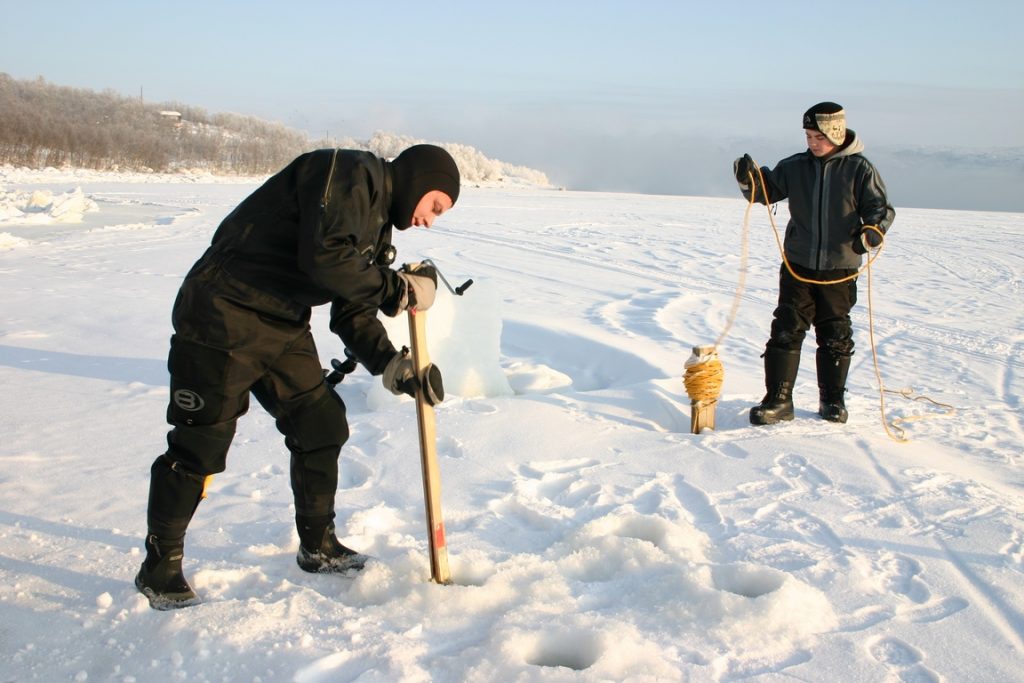
In winter, the diver (certified level II and 3 certification dives under the ice), accompanied by a buddy on the surface, makes a hole in the ice about 60 cm thick and slides under the pack ice, connected to the surface by a polypropylene cable.
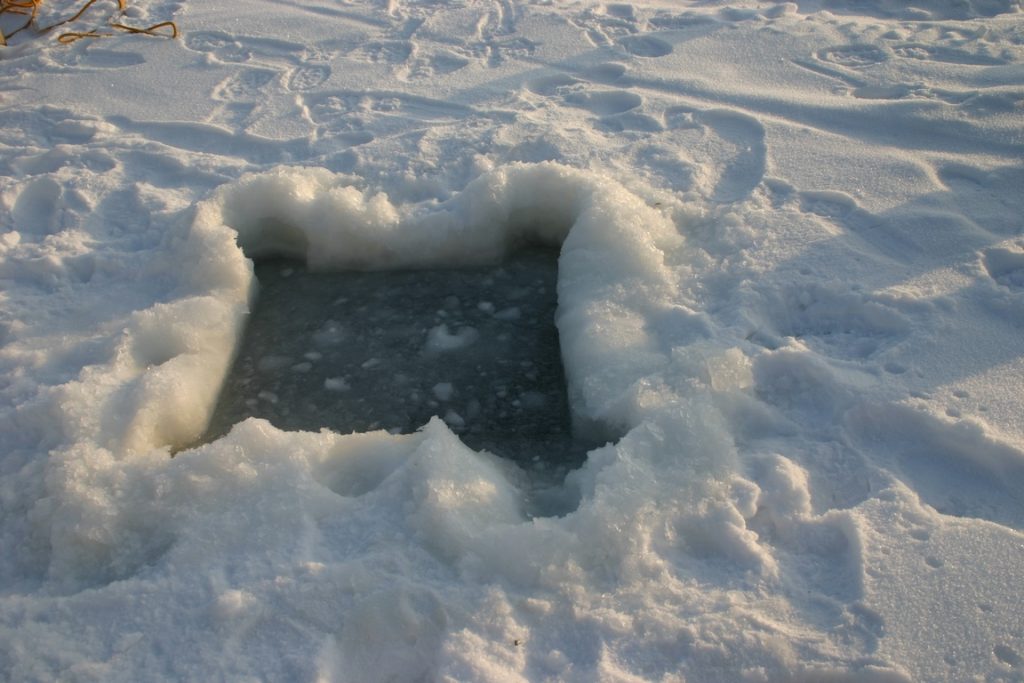
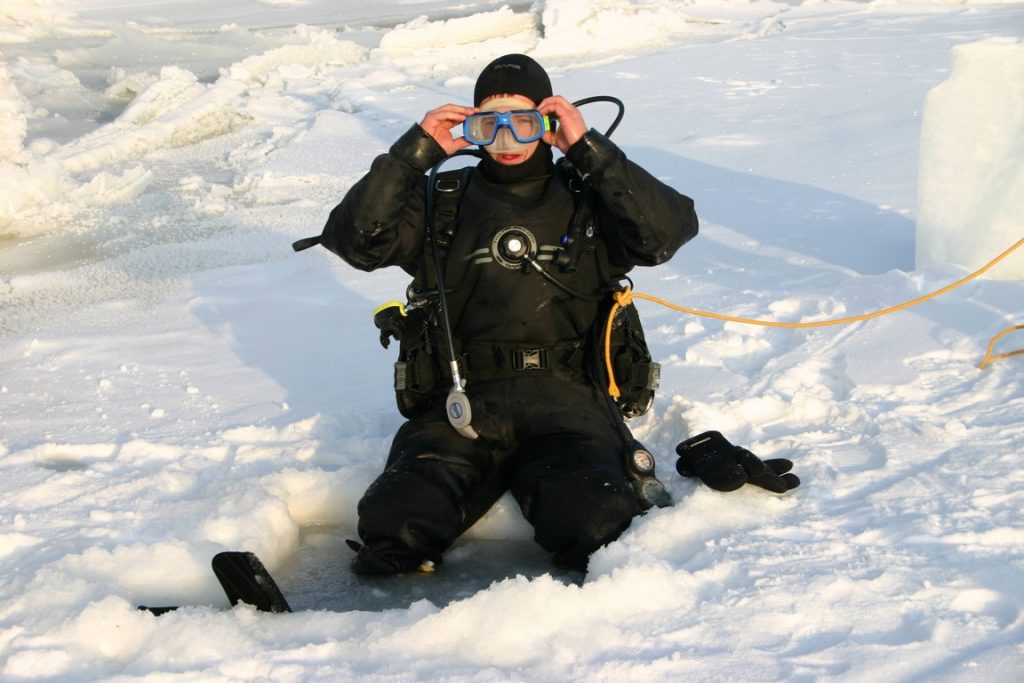
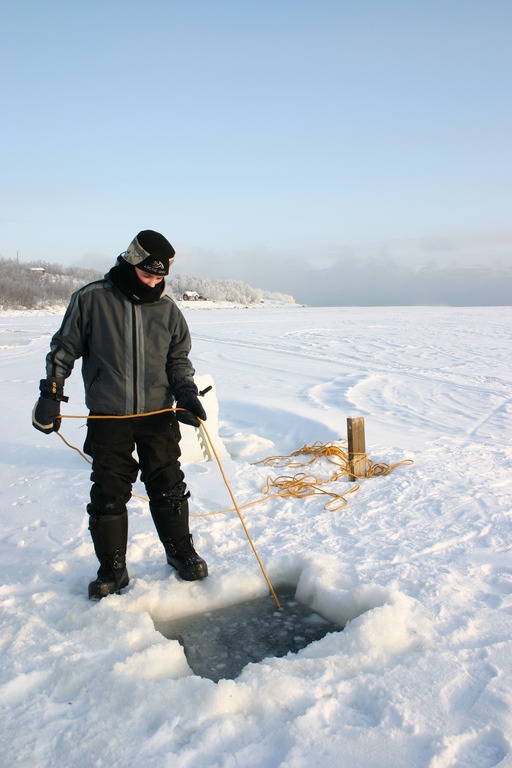
An amazing experience! And not so cold! The water is surprisingly clear; the light shines through the ice in varying shades of blue.
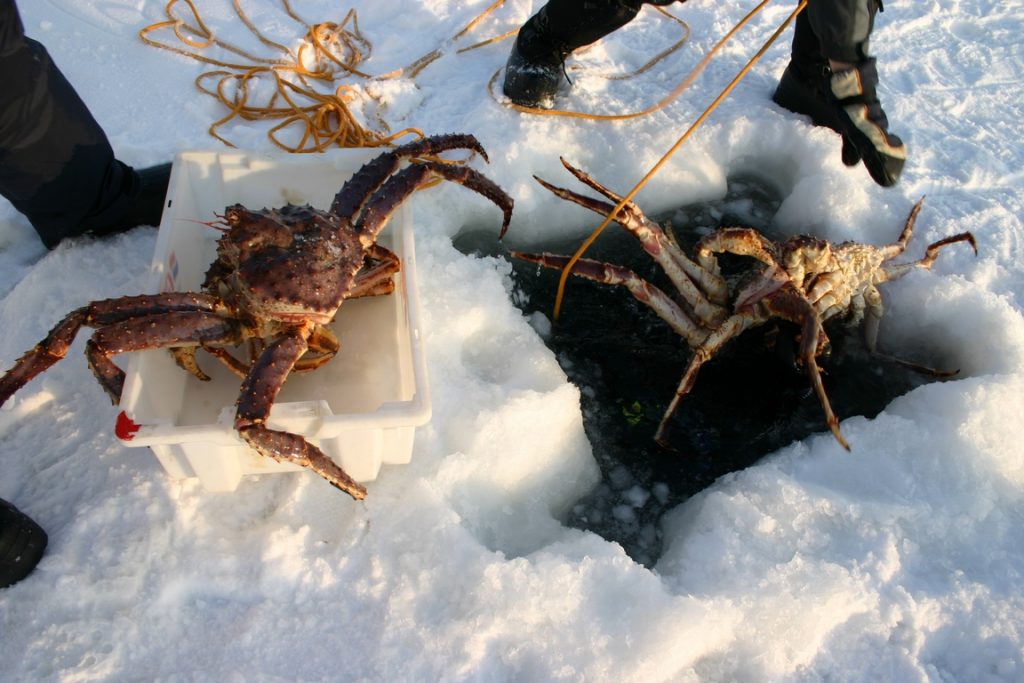
10 minutes later, we go back up with 5 or 6 crabs that we drop on the frozen sea. The crab is turned over and killed on the spot.
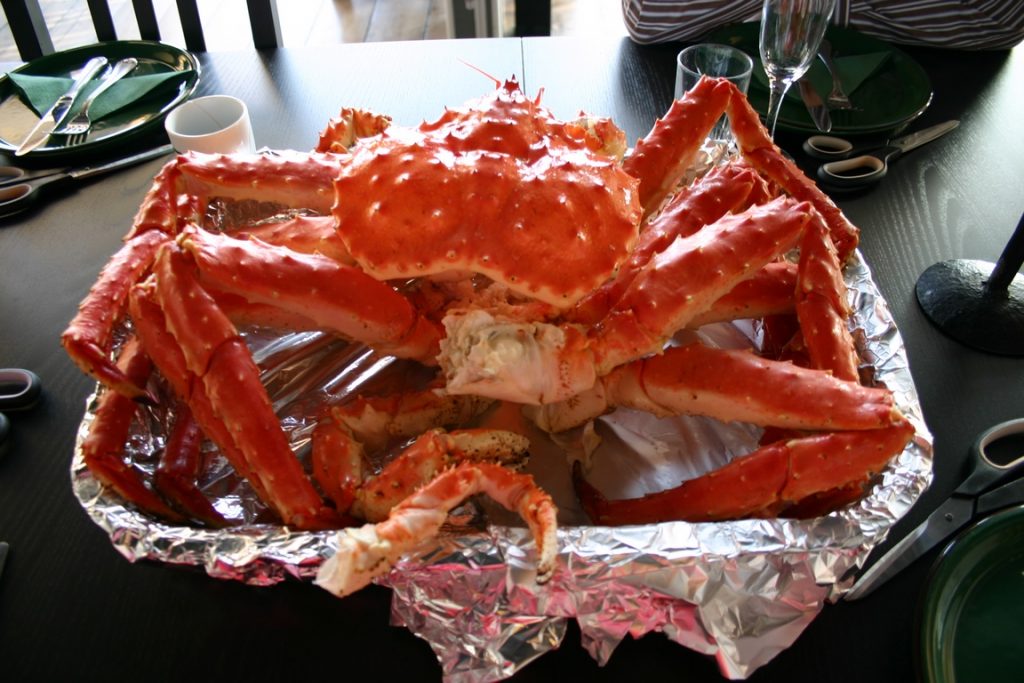
Fans can enjoy it simply boiled and served au naturel or with mayonnaise, accompanied by a glass of chilled white wine? Skål! (Cheers!)
A big eater
Of all the crustacean species, the king crab is the largest edible crab. It can live for more than 25 years and, as an adult, weigh up to 15 kg with a wingspan of 1.5 m to 2 m (including legs). They are formidable predators, capable of swallowing any species of fish or shellfish. An adult crab can devour 500 to 700 g of scallops every two days. This makes it a serious competitor for fishermen and a threat to the balance of ecosystems.
For more information
Innovation Norway /Norwegian National Tourist Board
22, rue de Marignan, 75008 Paris, France
http://www.visitnorway.com/france
Text and Photos: Brigitte Postel

